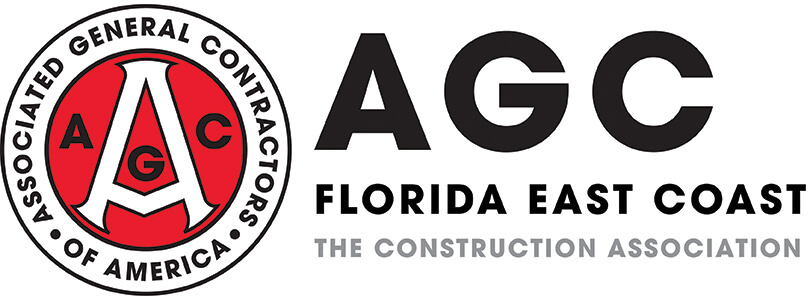Two-thirds Of Metro Areas Add Construction Jobs From October 2023 To Last Month, But Contractors Struggle To Fill Jobs Despite High Wages
Houston-The Woodlands-Sugar Land, Texas and Kahului-Wailuku-Lahaina, Hawaii Have Highest Number And Percentage of Job Gains, While New York City and Duluth, Minn.-Wis. Experience Worst Job Losses
Construction employment rose in 238, or 66 percent, of 358 metro areas between October 2023 and October 2024, according to an analysis by the Associated General Contractors of America of new government employment data. Association officials noted that firms continue to boost pay rates as many of them struggle to find enough qualified workers to hire.
“While roughly two-thirds of metro areas have added construction workers in the past year, contractors would have hired more employees if there were enough qualified applicants,” said Ken Simonson, the association’s chief economist. “Contractors are struggling to fill openings despite offering above-average wages.”
Simonson noted that average hourly earnings in October for production and nonsupervisory employees, such as most craft workers, averaged $36.23 per hour in construction. He observed that amounted to a “premium” of nearly 19 percent over the $30.48 hourly average for production workers in the overall private sector. Yet 94 percent of contractors that are hiring reported in late August they are having a hard time finding workers.
Construction employment declined over the year in 73 metro areas and was unchanged in 47 areas. The largest job loss occurred in New York City (-11,300 jobs, -8 percent), followed by Portland-Vancouver-Hillsboro, Ore.-Wash. (-5,600 jobs, -7 percent); Sacramento–Roseville–Arden-Arcade, Calif. (-3,200 jobs, -4 percent); the San Francisco-Redwood City-South San Francisco, Calif. metro division (-2,600 jobs, -6 percent), and Riverside-San Bernardino-Ontario, Calif. (-2,600 jobs, -2 percent). The largest percentage decrease occurred in Duluth, Minn.-Wis. (-11 percent, -1,100 jobs), followed by Bloomington, Ill. (-10 percent, -400 jobs), New York City, Grants Pass, Ore. (-8 percent, -100 jobs), and Portland-Vancouver-Hillsboro.
Association officials said the biggest obstacle to recruiting new workers is the fact the federal government spends four times as much promoting four-year college degrees as it does careers in fields like construction. They urged lawmakers in Washington to close the funding gap by passing a Workforce Innovation and Opportunity Act measure that boosts funding for training in fields like construction. And they said Washington officials need to double funding for the Carl D. Perkins Vocational & Technical Education Act.
“Relatively small boosts in federal funding for construction and other skills training will help put many more people into high-paying construction careers,” said Jeffrey D. Shoaf, the association’s chief executive officer.
